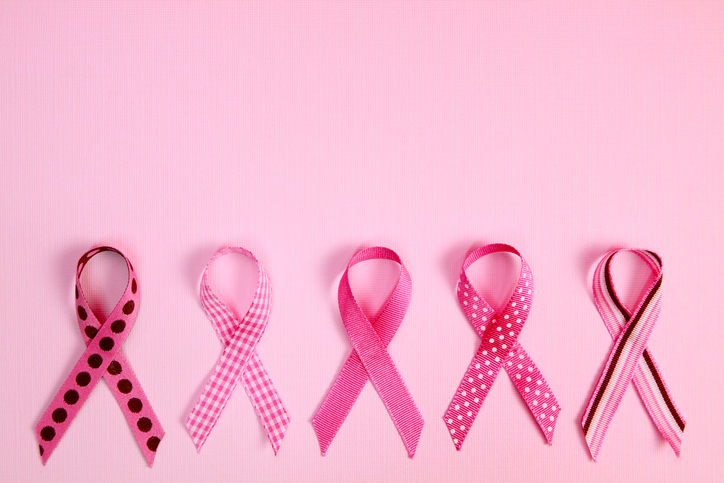 (Getty Images)
(Getty Images)
After losing my great grandmother, one of my best friends, in 2011 to breast cancer I instantly tried to learn as much about the disease as I could. Ultimately the facts and statistics scared me, especially about my fate and other family members.
Eventually, I realized that being proactive such as doing self examinations every couple months and educating myself on research and symptoms on trusted sites such as the CDC is the best thing to do. Catching symptoms or early signs of breast cancer can save someone’s life.
According to the CDC, “each year in the United States, about 240,000 cases of breast cancer are diagnosed in women and about 2,100 in men. About 42,000 women and 500 men in the U.S. die each year from breast cancer.” Unfortunately the mortality rate for women of color is extremely high.
“Young women have a higher incidence of aggressive cancers, young Black women have double the mortality rate of young white women. Advances in early detection and treatment have dramatically reduced breast cancer’s ability to take lives overall, but it’s clear that these breakthroughs haven’t benefited all groups equally—and this disparity has remained unchanged for more than a decade.”
Performing self examinations regularly is a great way to be proactive. If anything looks or feels different please speak to a doctor as soon as you can. Any abnormal lumps, bumps, pain or sores may be symptoms, but of course a doctor is the best way to get a diagnosis, try not to wait if you can. Some symptoms according to the CDC are, New lump in the breast or underarm (armpit), thickening or swelling of part of the breast, irritation or dimpling of breast skin, redness or flaky skin in the nipple area or the breast, Pulling in of the nipple or pain in the nipple area, nipple discharge other than breast milk, including blood, any change in the size or the shape of the breast, pain in any area of the breast.
If available, ask your family about your family history, if breast cancer runs in your family you may want to start receiving mammograms earlier than the recommended age of around 40-50. If Breast Cancer runs in your family it is recommended that you get a mammogram 10 years before the age your family member was diagnosed. For example, if your family member was diagnosed at 33 then you may want to start looking at getting the screening at 23.
Your support for breast cancer awareness means everything. Look for events near you, wear pink in solidarity, attend a walk or a run or even donate to a local or national organization. Also remember that your support does not have to stop in October!
Ariyana Griffin is a graduate student at Morgan State University in Baltimore, Maryland. She is a California native and graduate of Clark Atlanta University. Follow her on X: @Ariyanaaganee and Instagram: @ari.yana.g.
Edited by Nykeya Woods